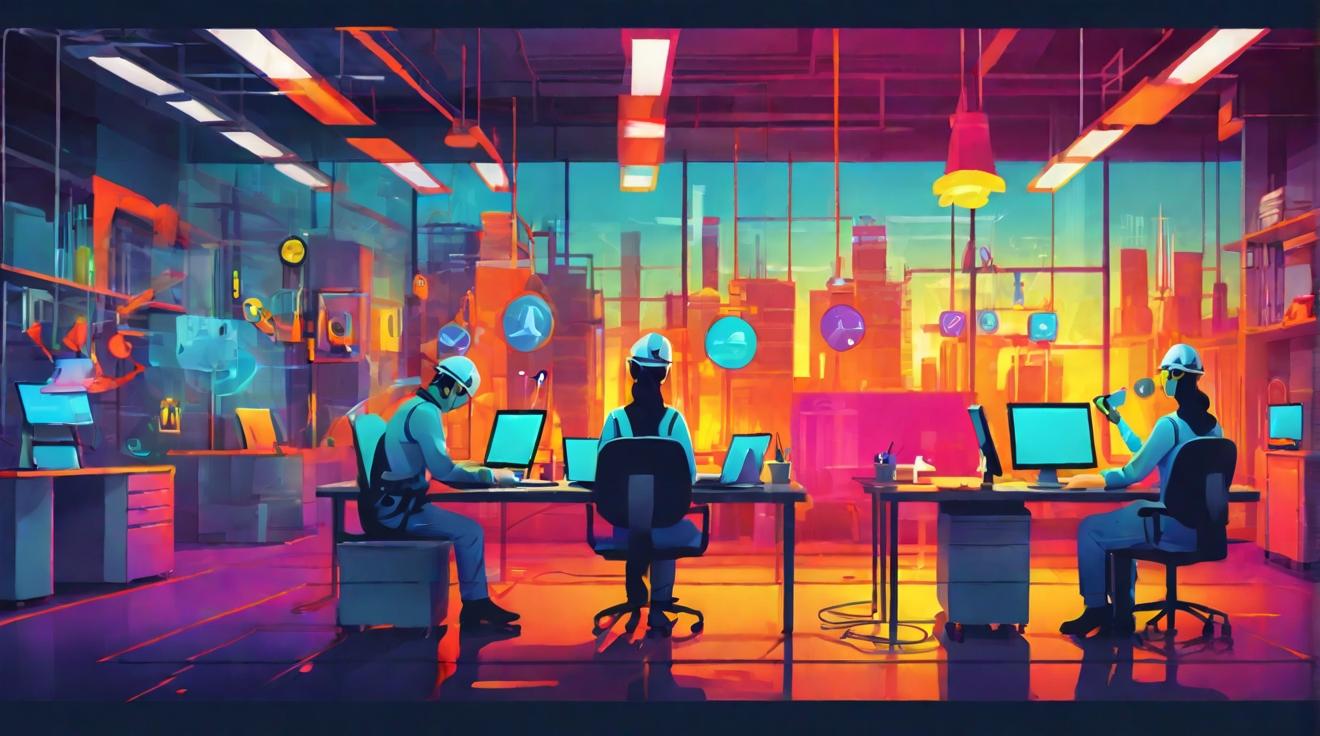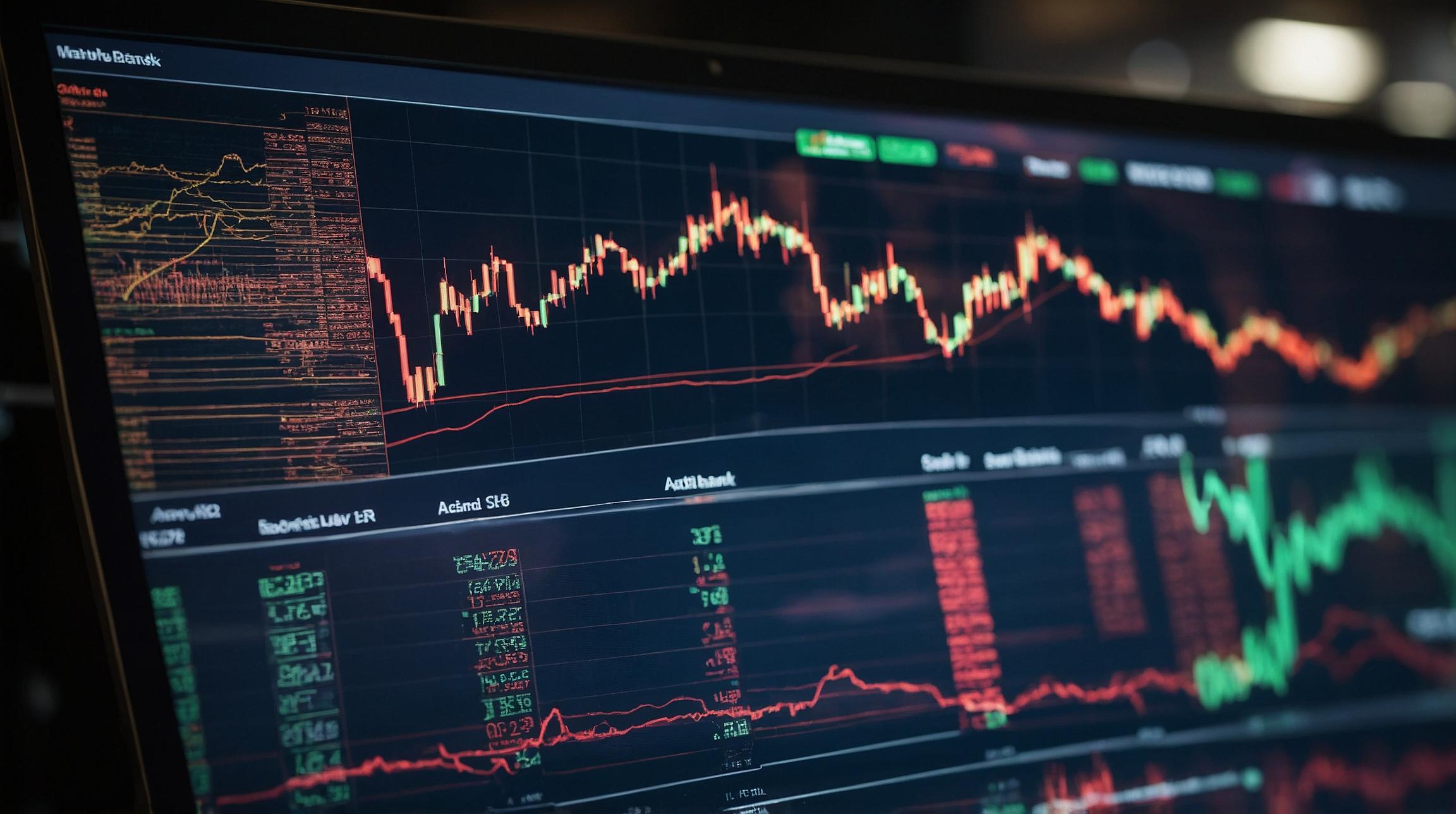Redefining Workplace Safety with AI and Technology Investments
The world of workplace safety is undergoing a radical transformation, shaped by the strides in artificial intelligence (AI) and safety technology. As businesses navigate the complexities of Environmental, Health, and Safety (EHS) management, the spotlight shines on cutting-edge tools that propel safety measures from a reactive stance to a proactive paradigm. Innovations such as wearable devices, real-time monitoring systems, and data analytics are at the forefront, turning traditional safety protocols on their head with a data-driven methodology that emphasizes efficiency and responsiveness.
The Technological Revolution in Workplace Safety
At the heart of this revolution are AI-enabled safety technologies, ushering in a new era of protection and prevention. Tools that perform real-time risk assessments are game-changers, employing AI algorithms to sift through myriad data points and identify potential hazards. Furthermore, wearable safety devices have become lifelines in hazardous work environments like construction, offering capabilities such as vital sign monitoring, fall detection, and alerts to imminent dangers.
The precision offered by these AI-driven safety frameworks empowers EHS teams like never before, allowing for the development of tailored safety strategies that dissect intricate data patterns for pinpoint risk identification. This meticulous approach not only ensures a more effective allocation of resources but also prioritizes the most pressing safety concerns.
Elevating Safety Across Sectors
The ripple effect of implementing AI safety technologies is evident across various industries, from manufacturing to healthcare and transportation. These tools offer unprecedented ways to reduce risks, monitor environments, and predict maintenance needs—key components in safeguarding workplaces and enhancing overall safety standards.
Strategic Investments in EHS Technologies
For organizations looking to leverage these advancements, making strategic investments in safety technology is paramount. Key considerations include aligning with overarching safety goals, assessing technology’s efficacy and reliability, and ensuring seamless integration with existing systems. Additionally, scalability, a favorable cost-benefit ratio, and ease of use are crucial factors that dictate the success of technology adoption in the realm of workplace safety.
A Commitment to Continuous Improvement
The essence of staying abreast with technological advancements in safety lies in viewing technology investments as a continual commitment rather than a one-off acquisition. This ongoing process of adaptation and expansion is critical for safeguarding the workforce, thus underpinning the success and resilience of businesses in today’s dynamic landscape.
In conclusion, as the workplace evolves, so does the role of safety technology in creating hazard-free environments. Through smart, calculated investments in AI and innovative safety tools, organizations can harness the power of data to anticipate and mitigate risks, ensuring a safer future for all employees. This commitment not only enhances the well-being of the workforce but also contributes significantly to the enduring success of businesses in an increasingly safety-conscious world.
Analyst comment
This news can be evaluated as positive. With the advancements in AI and safety technology, workplace safety is being transformed from reactive to proactive. The market for AI-enabled safety technologies is expected to grow as businesses strive to enhance safety standards across various sectors. Strategic investments in safety technology will be crucial, considering factors like efficacy, scalability, and integration. Continuous improvement in technological advancements will contribute to the success and resilience of businesses in a safety-conscious world.













